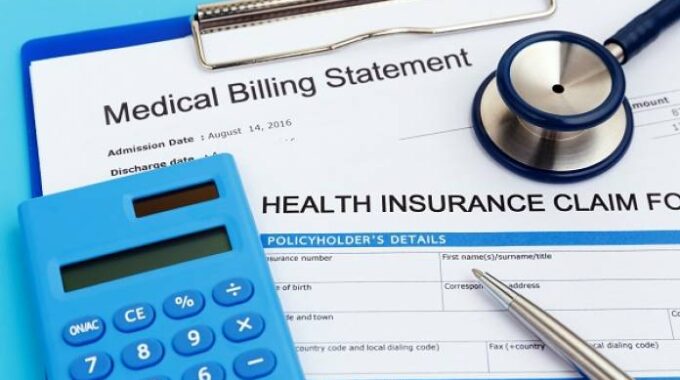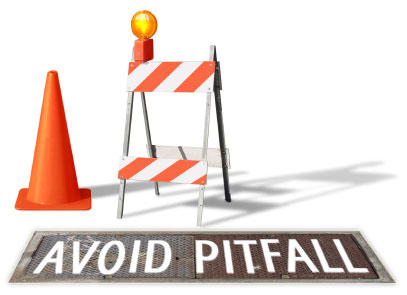
3 Random Things You NEED to Know About DSM Billing
By Lesia Crawford for March, 2019 DSM Insider
- Digital Impressions
Medicare had some dentists and dental labs with their knickers in a twist again. The questions being asked are:
- Are you allowed to scan for digital impressions to fabricate an appliance on a printed model?
- Or, are you required to use PVS or alginate impressions and poured stone models as the only methods approved for manufacturing Oral Appliances?
If you have a scanner and are using it for your Medicare DME patients, great! Keep it up. The current Medicare DMEPOS Quality Standards specifically outlines the use of CAD-CAM technology as acceptable and there is no issue with advanced technology for your Medicare patients. The Medicare supplier standards state:
“Custom Fabricated: A custom fabricated item is one that is individually made for a specific patient. No other patient would be able to use this item. A custom fabricated item is a device which is fabricated based on clinically derived and rectified castings, tracings, measurements, and/or other images (such as x-rays) of the body part. a. Molded-to-Patient-Model: A particular type of custom fabricated device in which one of the following techniques is used:
- An impression (e.g., by means of a foam box impression, a plaster or fiberglass cast) of the specific body part is made directly on the patient, and this impression is then used to make a positive model of the body part from which the final product is crafted; or
- A digital image of the patient’s body part is made using Computer-Aided Design-Computer-Aided Manufacturing (CAD-CAM) systems software. This technology includes specialized probes/digitizers and scanners that create a computerized positive model, and then direct milling equipment to carve a positive model. The device is then individually fabricated and molded over the positive model of the patient.”
- Aetna Requirement Update
Aetna will deny claims for a 3% scoring on sleep studies. If you are submitting a claim to Aetna, double check your sleep study. Aetna will deny your claim if the sleep study is scored at 3% or a study scored at 4% and the AHI is below AASM scoring guides are recognized by most commercial plans, United Health Care and Cigna for example and will accept a sleep test scored at 3%. When referring your patients to the sleep physician ask for all your tests to be scored using both the 3% and 4% desaturation measurement. Aetna has also given a 2-year time frame for the age of the sleep study.
- Cigna Requirements
If you receive a request from Cigna asking for the date of the sleep study and it’s been over a year, you will need to send the full medical file. If the sleep study is less than a year old, they usually do not request additional documents and pay the claim without an appeal.
In short,
- Use your digital scanner for impressions
- Request sleep studies to be scored with both a 3% and 4% desaturation benchmarks
- Consider changing your sleep practice protocol to include requirements for a new HST or PSG if it has been over a year since the last test.
Would you like medical treatment prescribed and dispensed without current testing. Do you crown a tooth with a 1-year old x-ray? We service our patients the greatest when we do what is best for them and not necessarily cheaper or easier.


